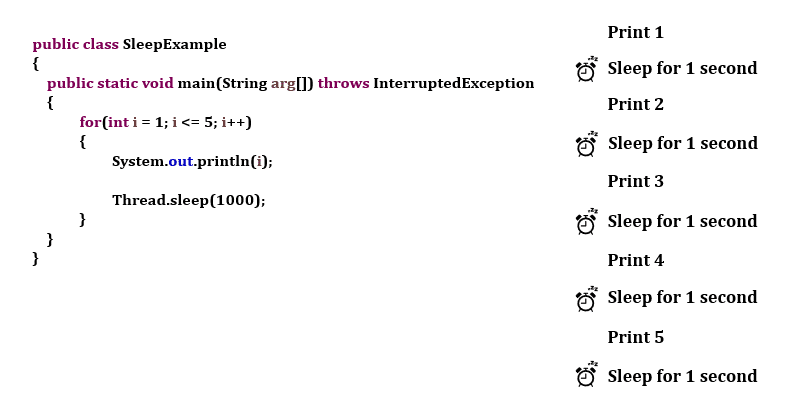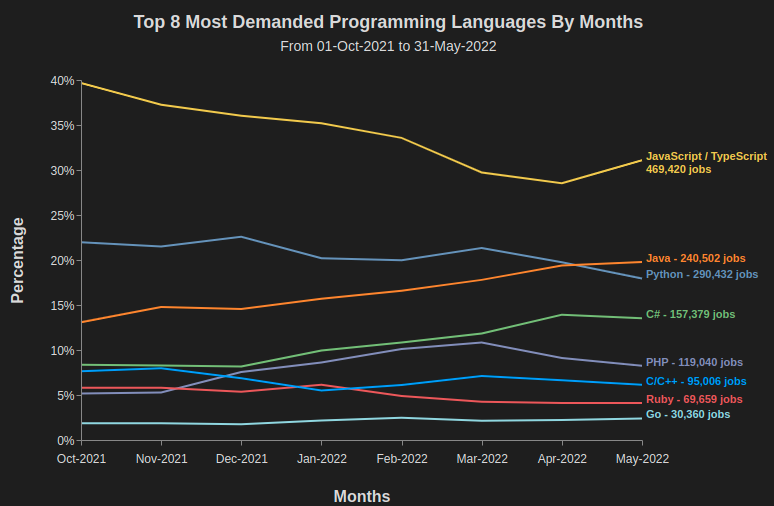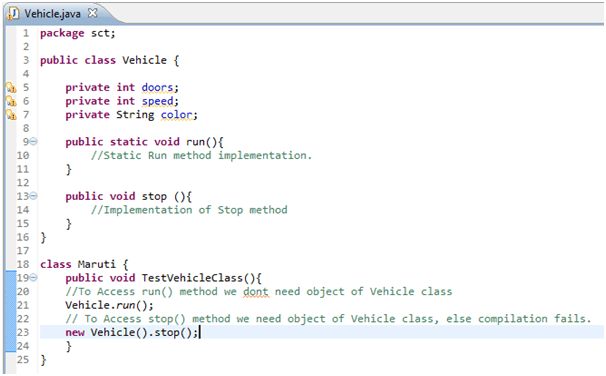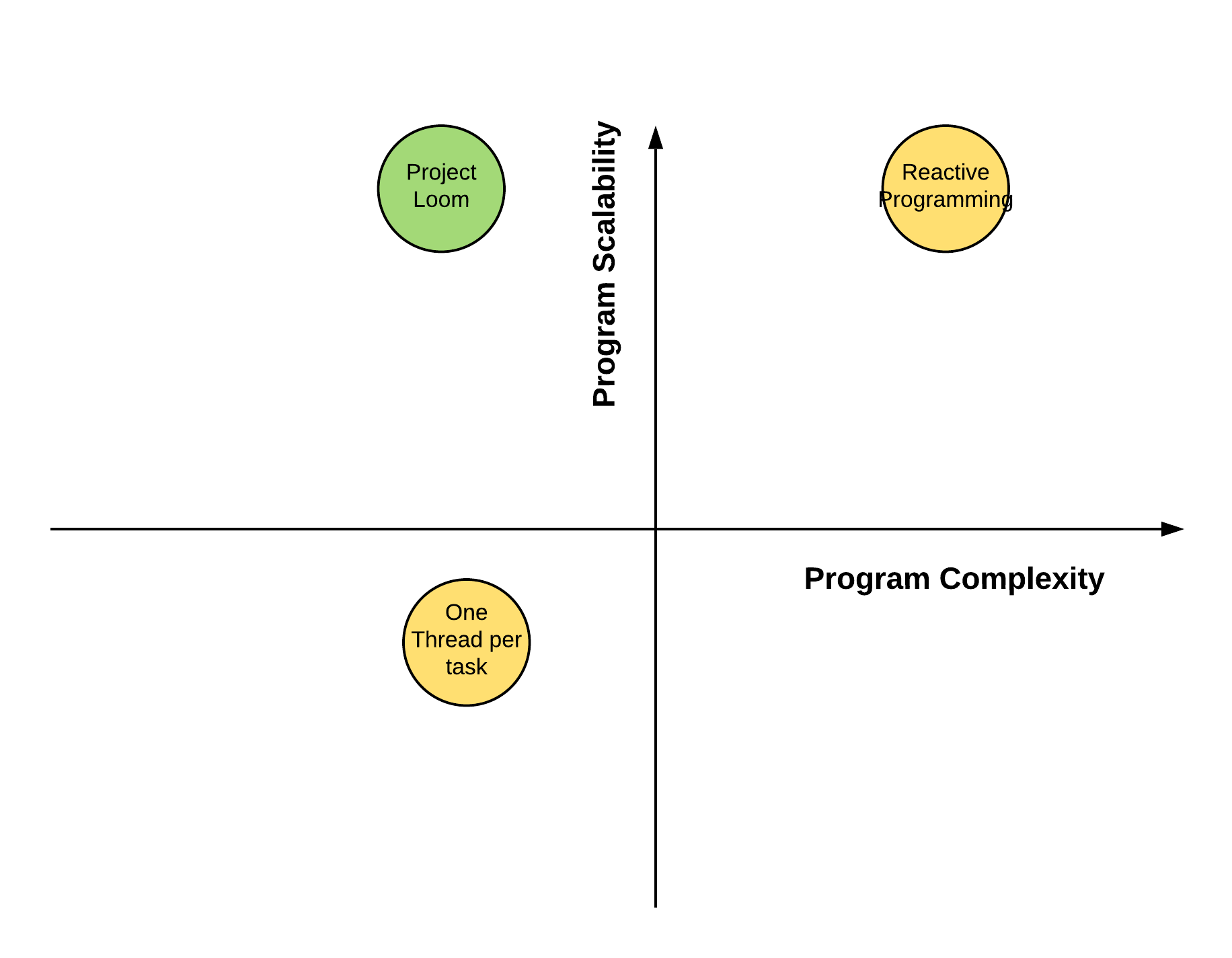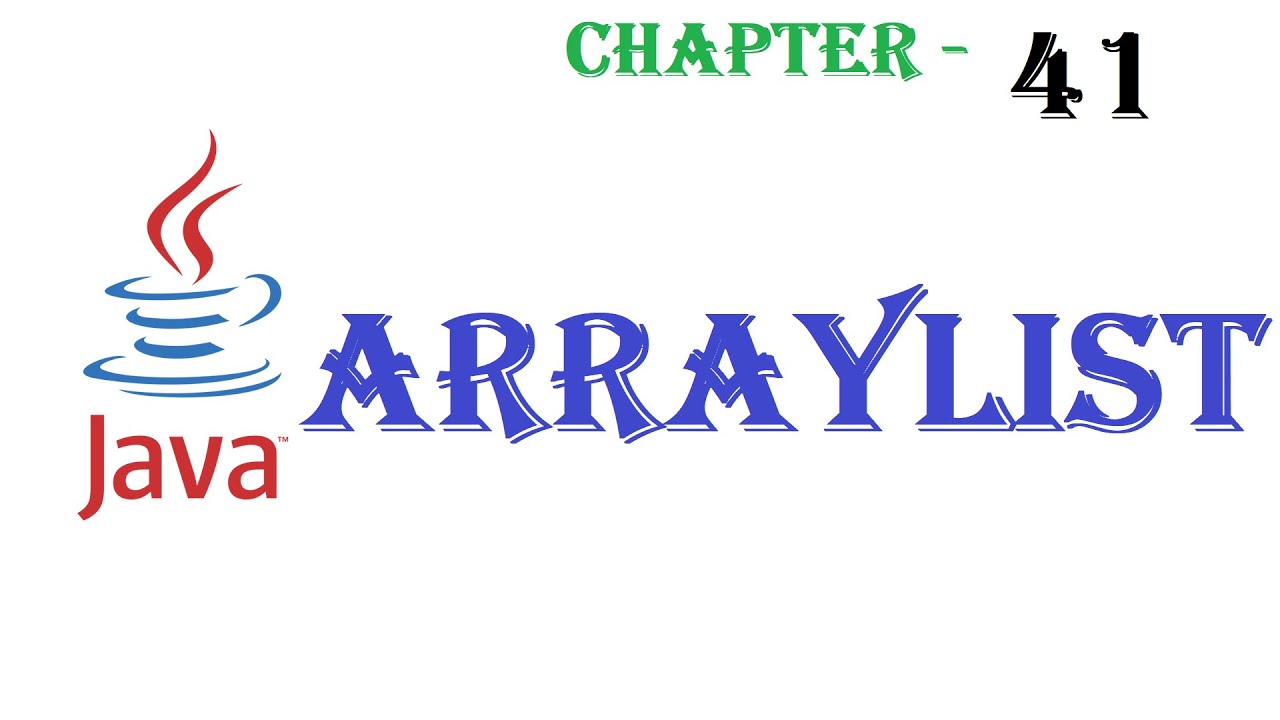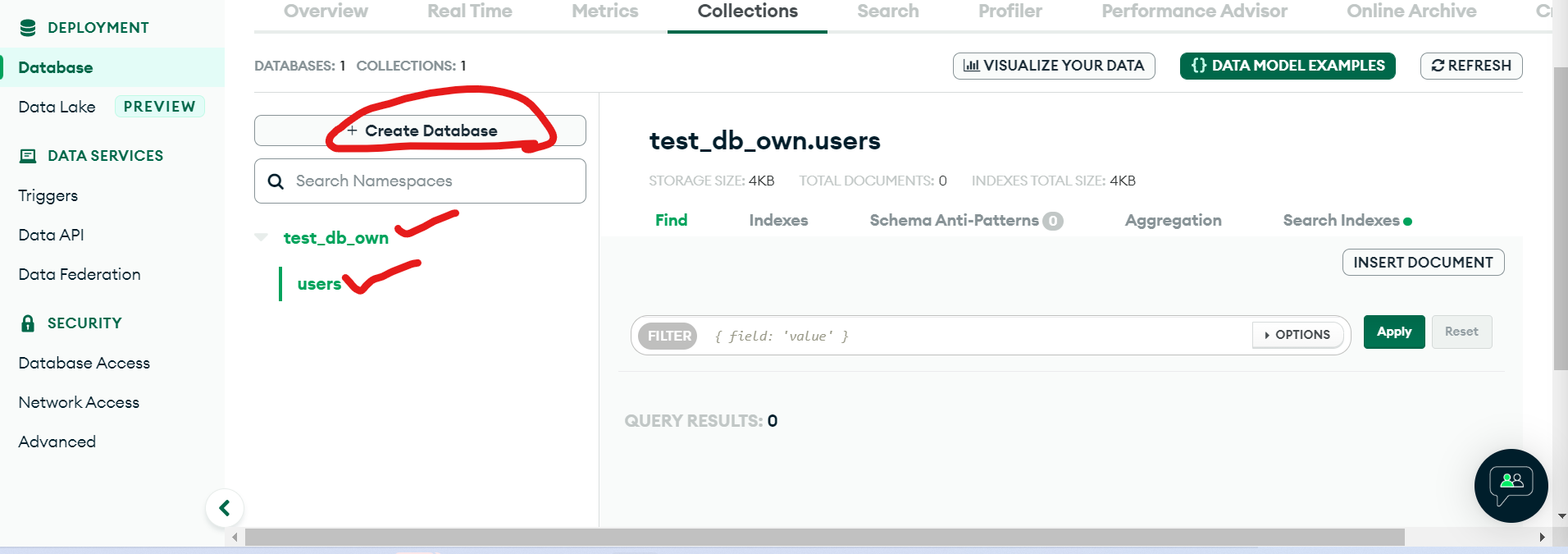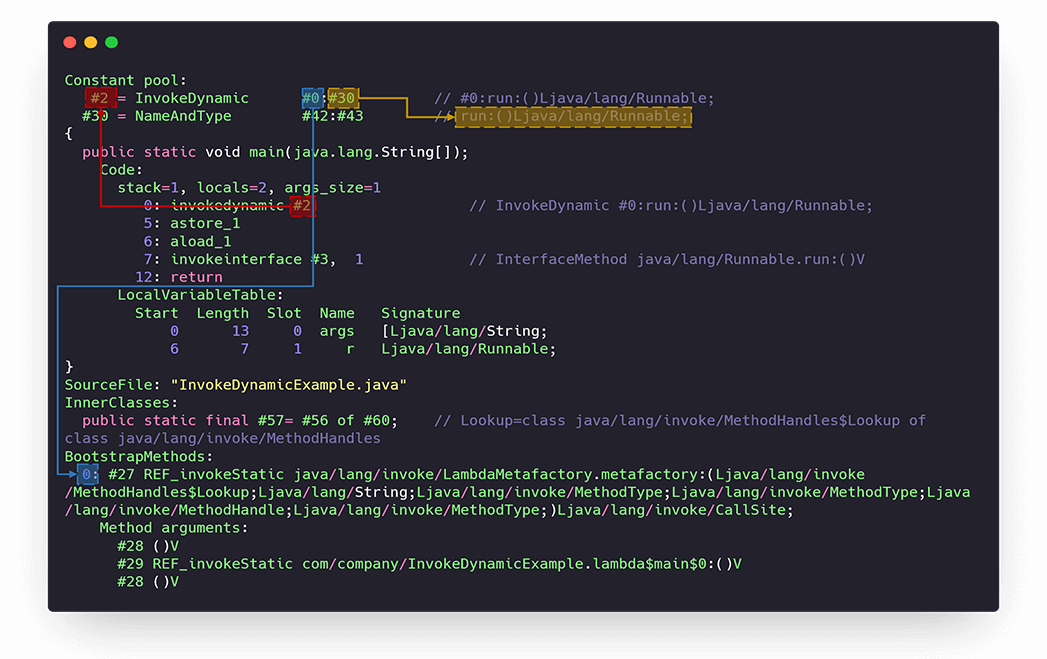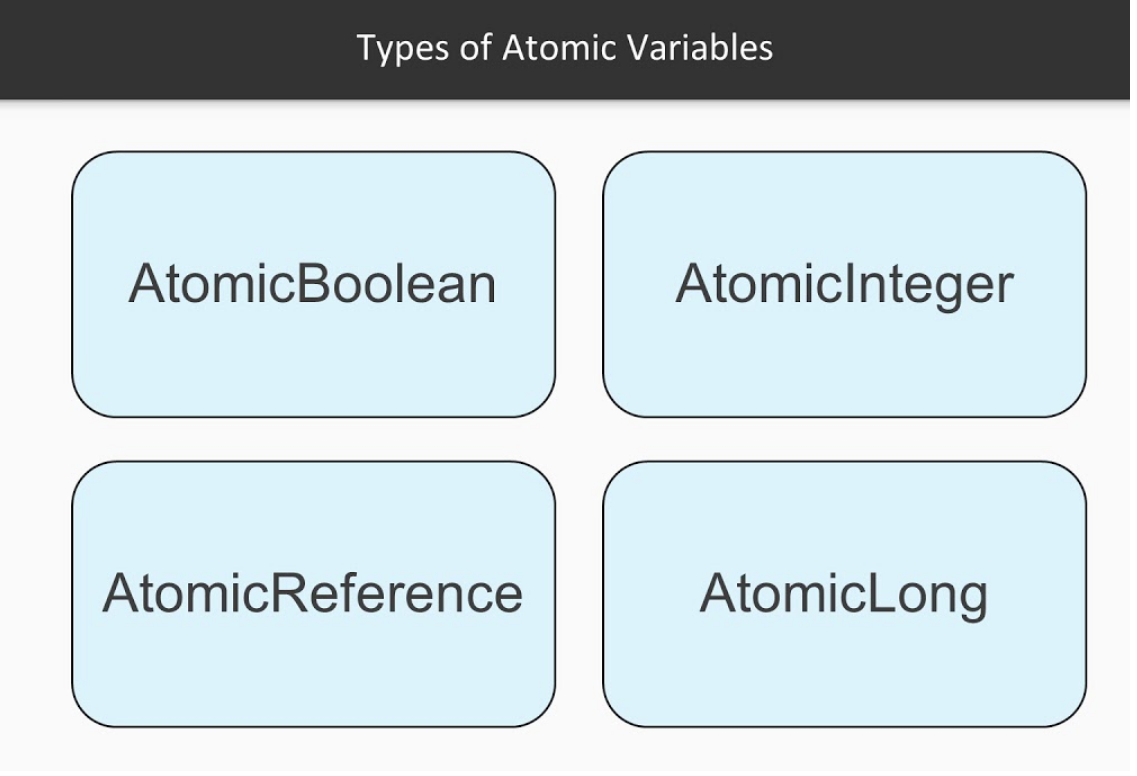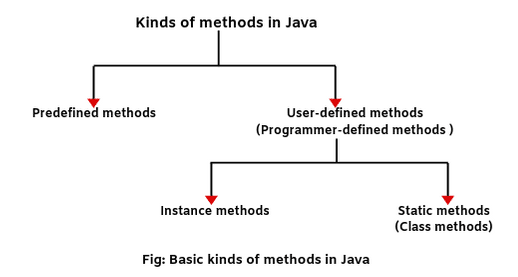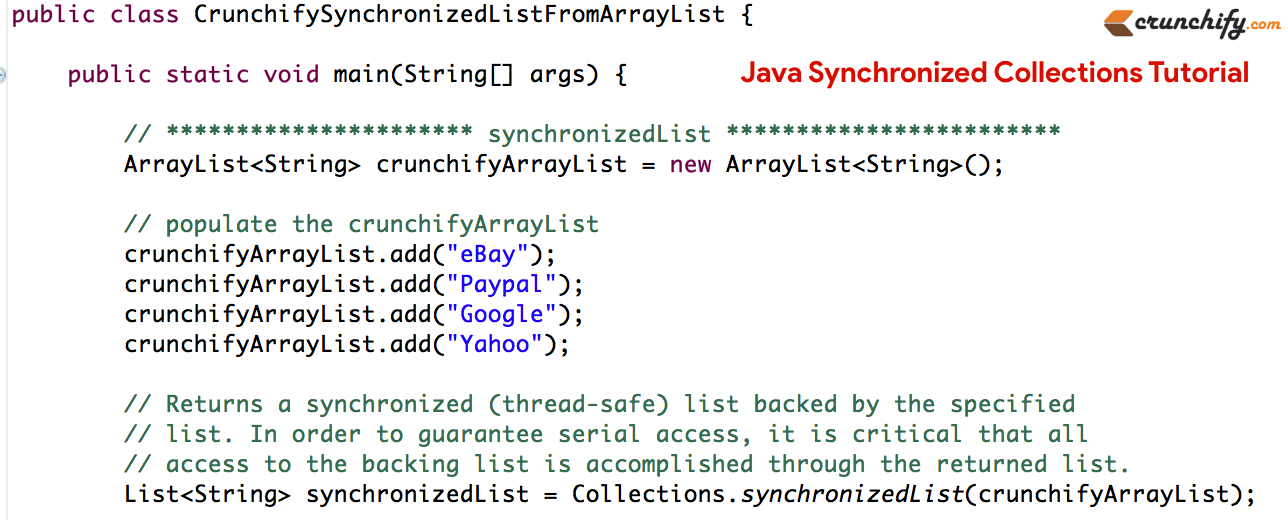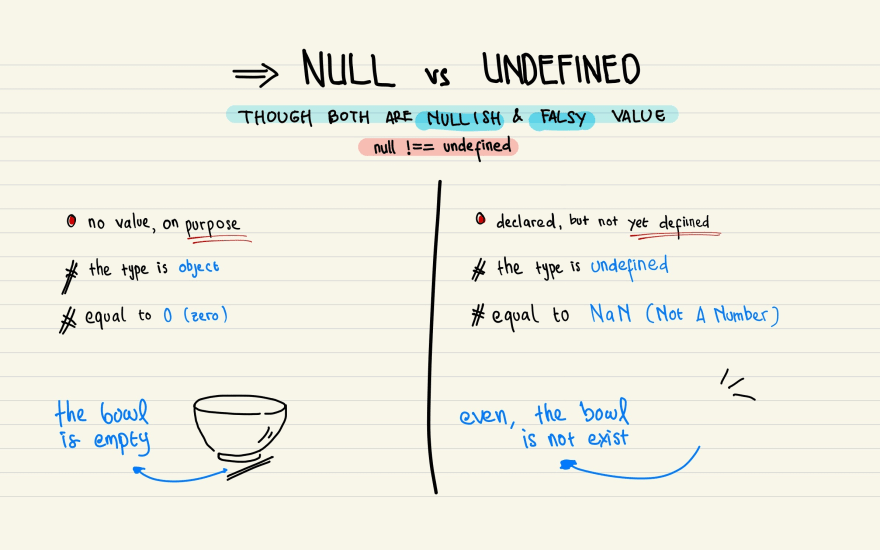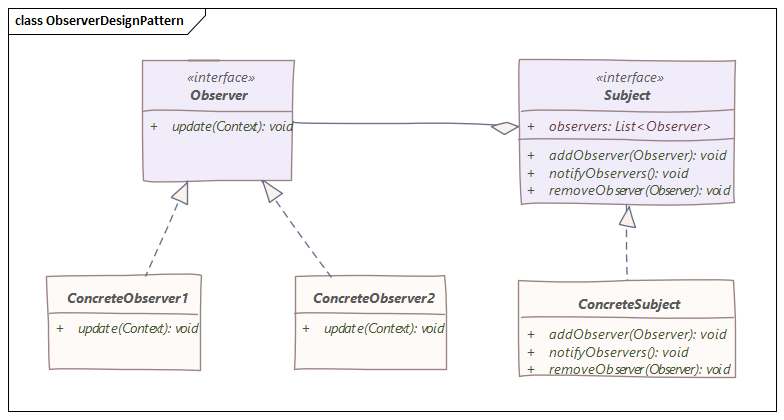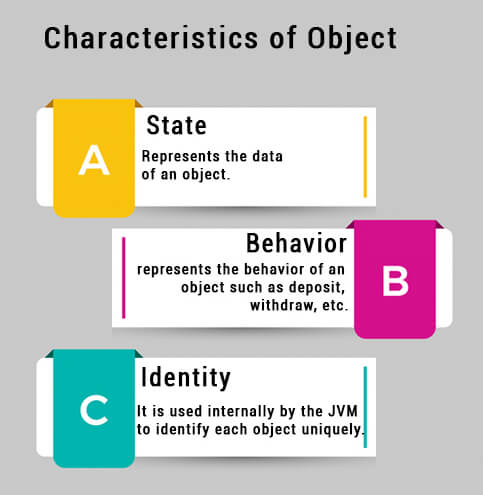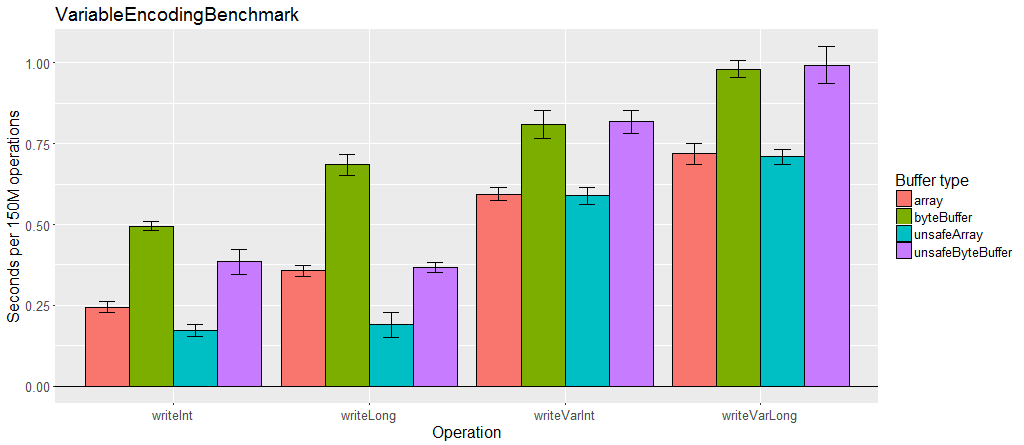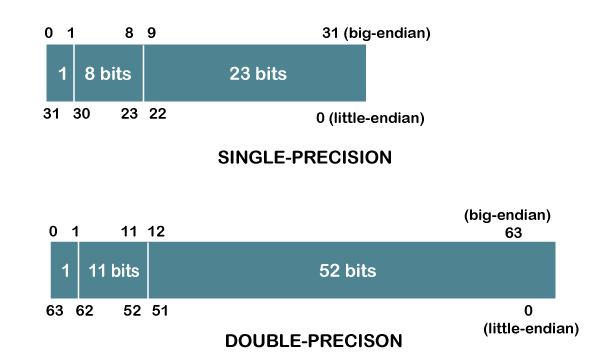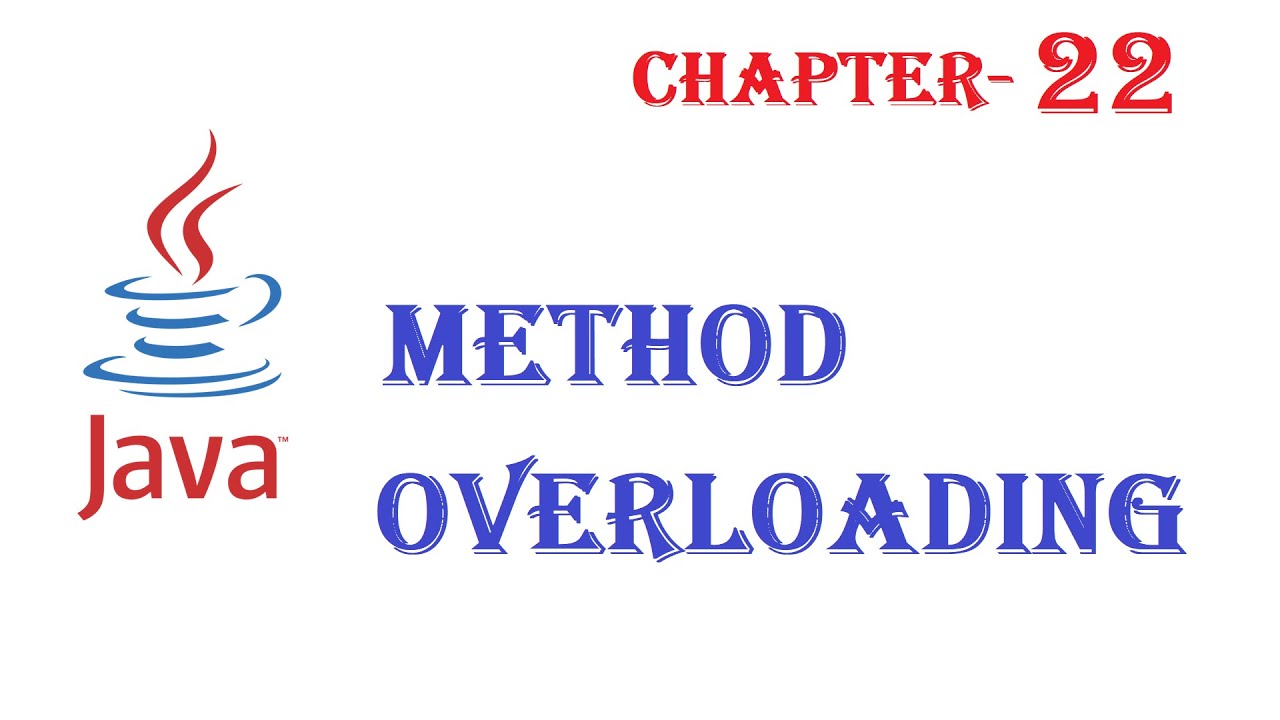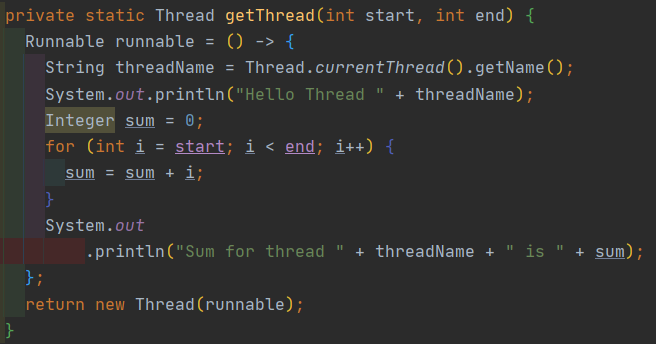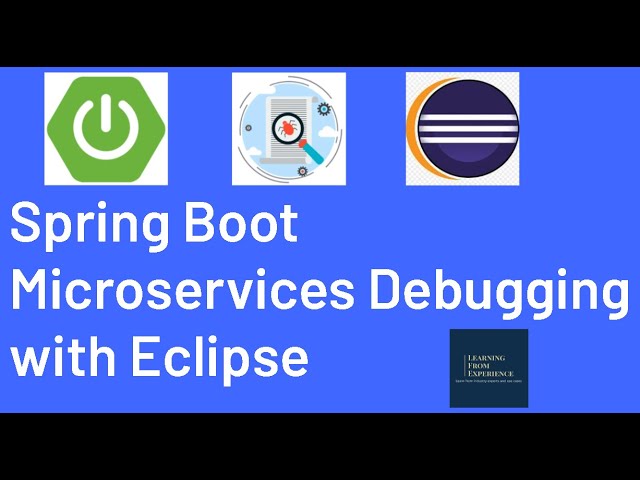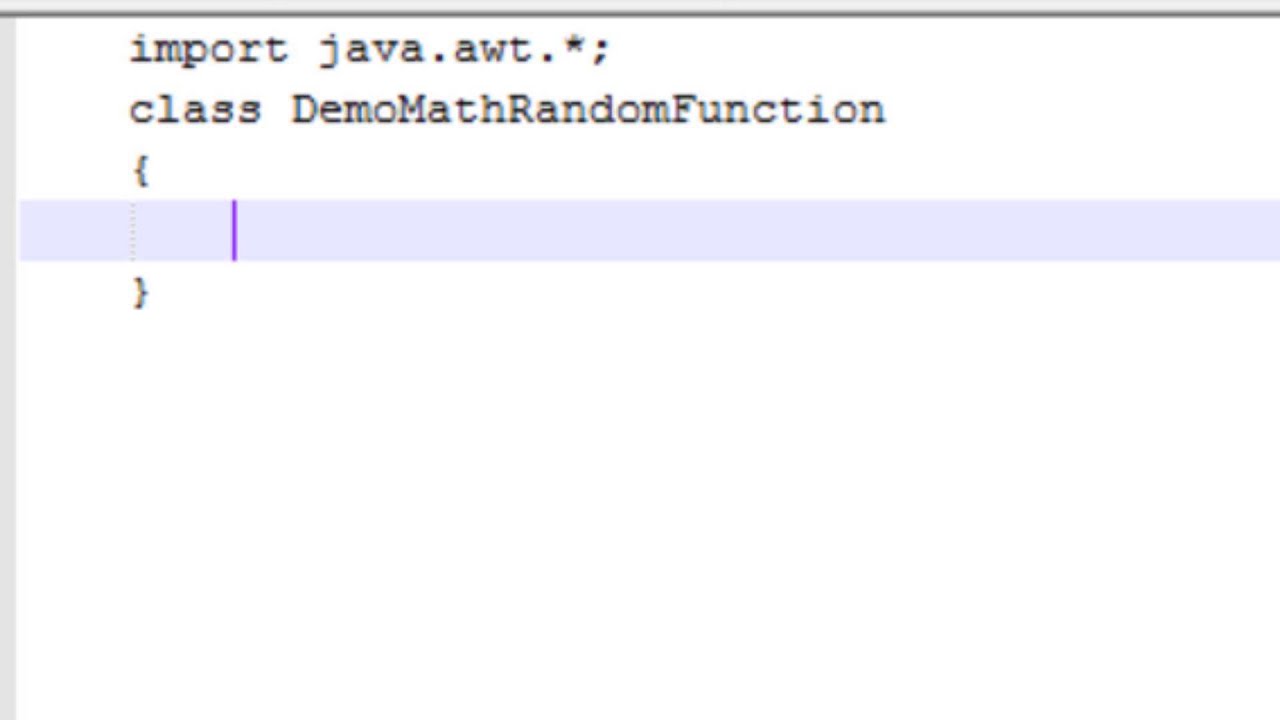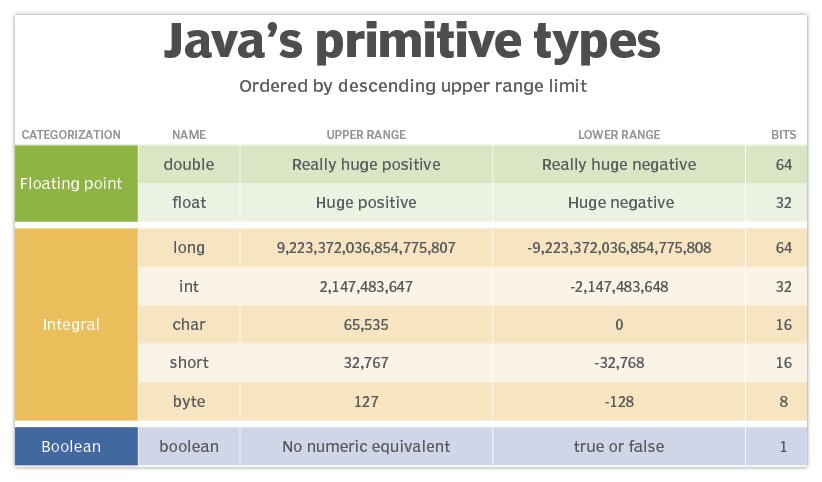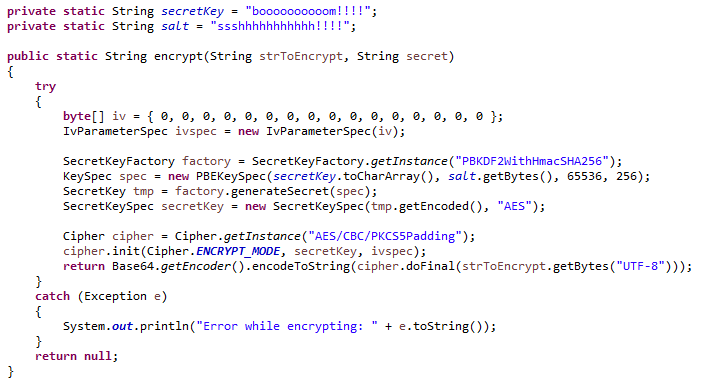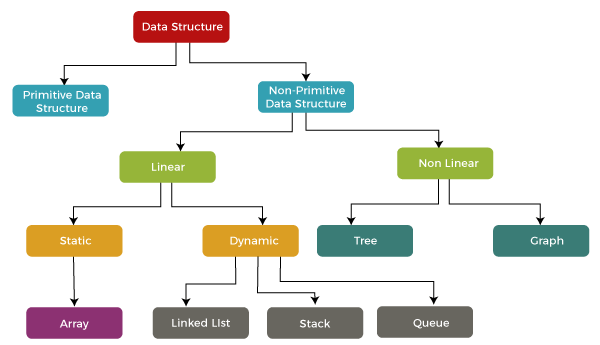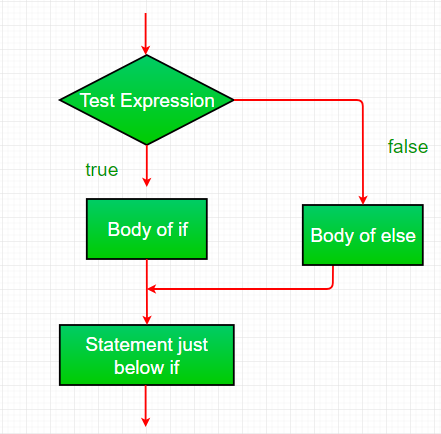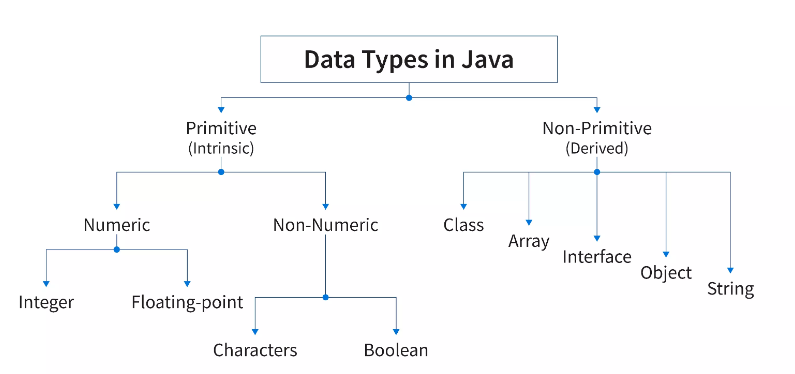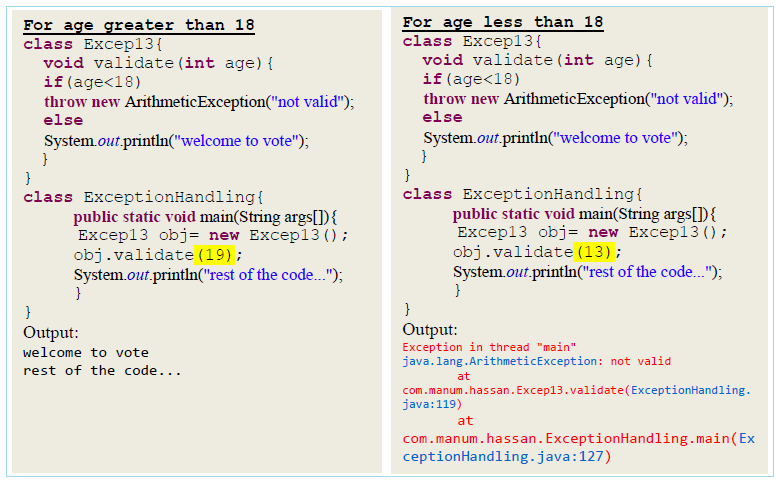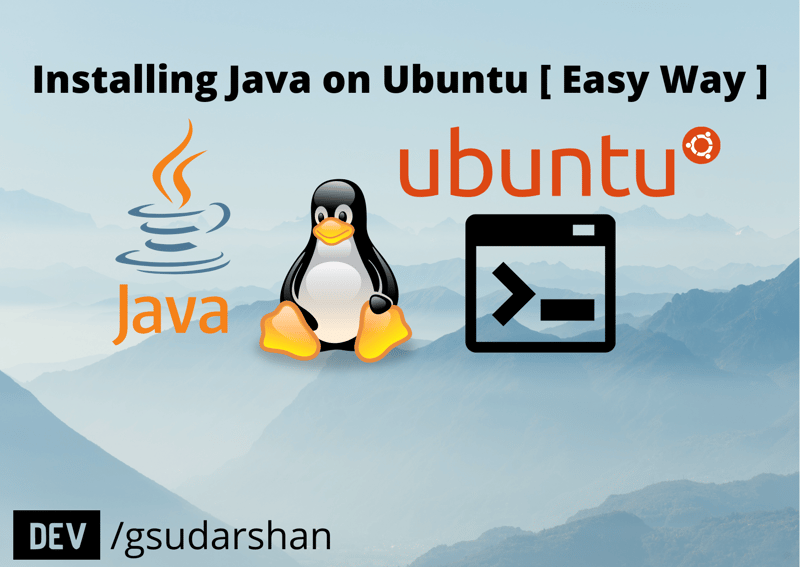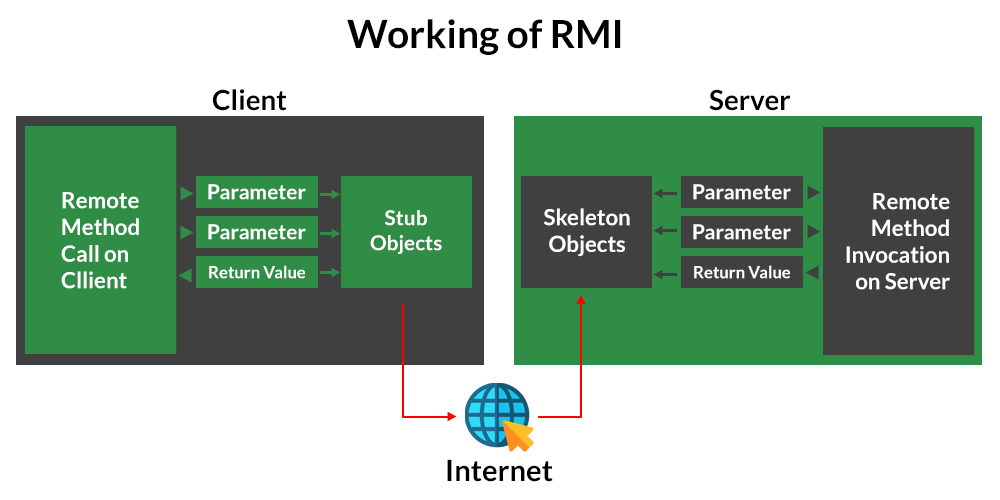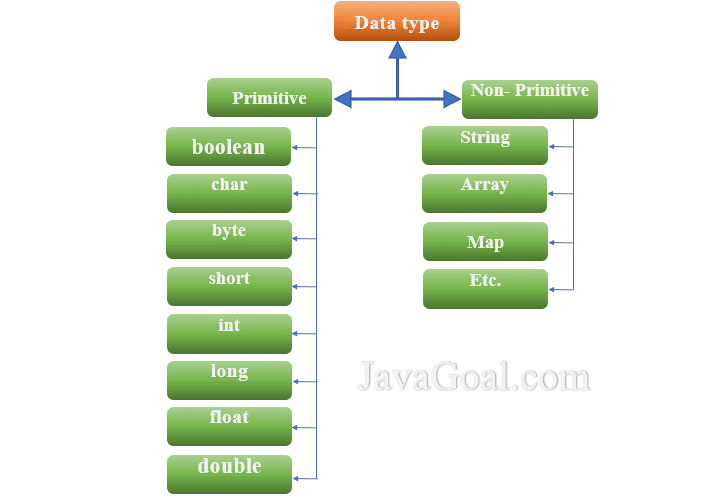Java streams vs reactive streams
Java streams vs reactive streams
The eternal debate! Let's dive into the world of Java Streams and Reactive Streams to uncover their similarities and differences.
Java Streams
Introduced in Java 8, Java Streams are a powerful API for processing data structures such as collections, arrays, or files. They provide a pipeline-based approach to perform various operations on the data, such as filtering, mapping, reducing, or grouping. This API is designed to simplify data processing and make it more readable.
Here are some key aspects of Java Streams:
Pipeline-based: You create a pipeline by chaining together stream operations (e.g., map(), filter(), reduce()) that transform the input data. Lazy evaluation: Each operation in the pipeline is only executed when needed, which reduces memory usage and improves performance. Parallelism: Java Streams provide support for parallel processing using threads or concurrent execution models, making them suitable for large-scale data processing.Reactive Streams
Developed by the Reactive Foundation (RF), Reactive Streams is a specification for building asynchronous, non-blocking, and backpressure-aware stream processing systems. This API is designed to handle real-time data streams and enable efficient processing of high-throughput data flows.
Here are some key aspects of Reactive Streams:
Asynchronous: Reactive Streams uses an event-driven, pull-based model where producers push data into a pipeline and consumers pull data as needed. Backpressure-aware: Consumers can regulate the pace at which data is produced by sending signals to producers to slow down or speed up the flow. Non-blocking: Producers and consumers are designed to operate independently without blocking each other, ensuring high throughput and low latency.Key differences
Synchronous vs Asynchronous: Java Streams are synchronous, whereas Reactive Streams are asynchronous. This fundamental difference affects the way data is processed and handled in both frameworks. Pipeline-based vs Event-driven: Java Streams use a pipeline-based approach, while Reactive Streams rely on an event-driven model. Lazy evaluation vs Eager execution: Java Streams employ lazy evaluation to reduce memory usage, whereas Reactive Streams execute operations eagerly as data flows through the pipeline.When to use each
Java Streams: Use when processing small- to medium-sized datasets or performing simple data transformations. Suitable for tasks that don't require real-time processing or backpressure control. Reactive Streams: Employ when handling large-scale, high-throughput data streams or real-time data processing. Ideal for applications requiring asynchronous, non-blocking, and backpressure-aware stream processing.In conclusion, while both Java Streams and Reactive Streams are designed to process data, they cater to different scenarios. Java Streams are better suited for small- to medium-sized datasets and simple transformations, whereas Reactive Streams are ideal for large-scale, high-throughput data streams requiring real-time processing and backpressure control.
Reactive Streams API Java
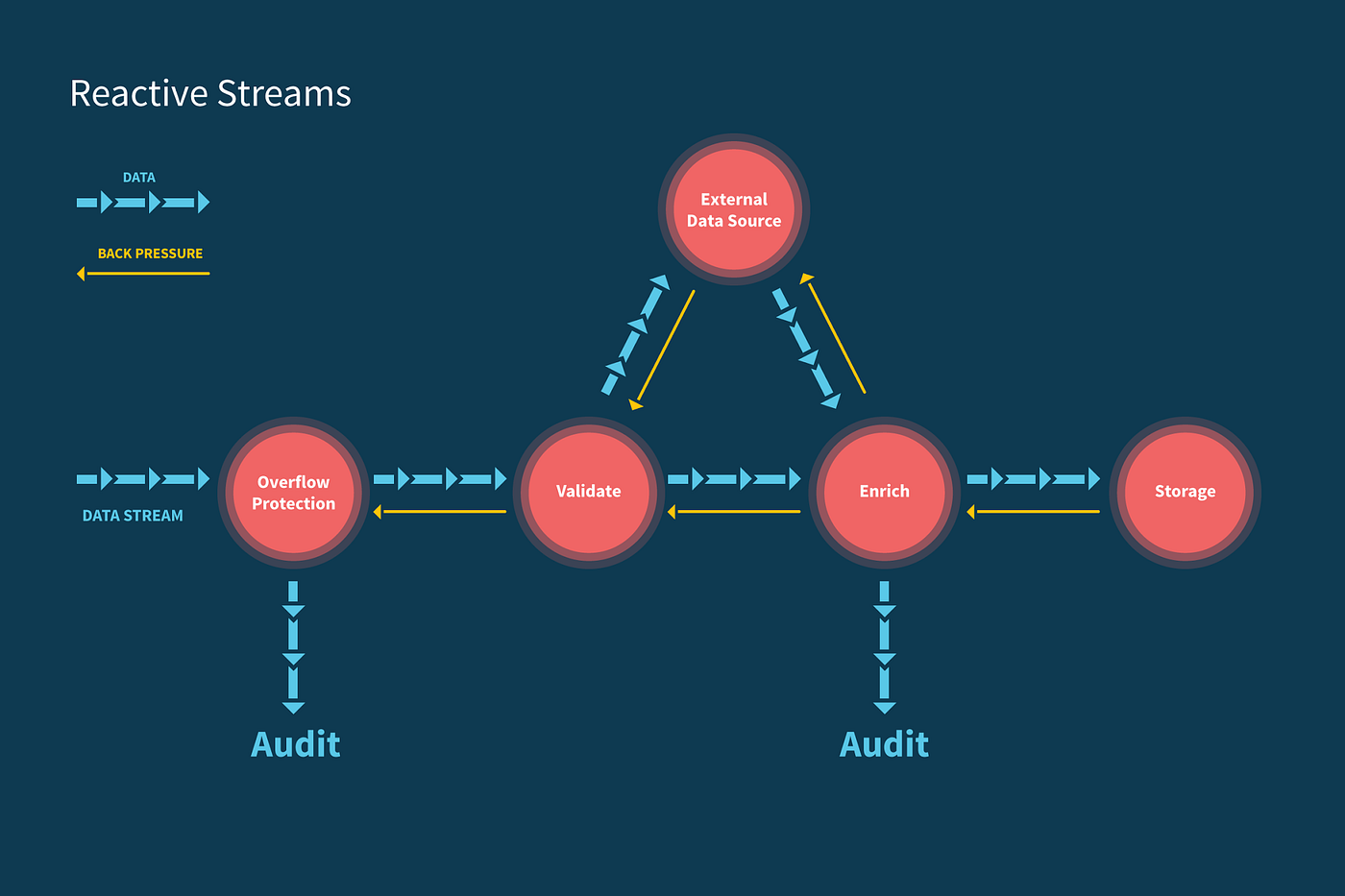
I'd be happy to help!
Reactive Streams API is a set of standardized interfaces for asynchronous stream processing, developed by the Reactive Streams Working Group (RSWG). It's a Java API that allows developers to handle asynchronous data streams more efficiently and effectively.
The core idea behind the Reactive Streams API is to decouple the producer and consumer of a stream, allowing them to operate independently without blocking each other. This is achieved through four key interfaces:
Publisher: The publisher is responsible for producing a stream of elements. It can be thought of as an "event source" that produces events (or elements) over time. Subscriber: The subscriber is the consumer of the stream, which receives the elements produced by the publisher. It's essentially an "event sink". Subscription: A subscription is a connection between a publisher and a subscriber. When a subscriber subscribes to a publisher, it becomes responsible for processing the elements produced by that publisher. Processor: The processor is an entity that can process and transform the elements of a stream. It's often used as a filter or map function in a pipeline.Here are some key benefits of using the Reactive Streams API:
Asynchronous processing: By decoupling producers and consumers, you can handle large amounts of data asynchronously, without blocking the execution of your program. Scalability: The API allows for easy horizontal scaling by adding more publishers or subscribers as needed. Fault tolerance: If a subscriber experiences an error, it won't affect the publisher's ability to produce elements. Backpressure: The API includes mechanisms to handle backpressure, which is critical when dealing with high-bandwidth streams.To get started with Reactive Streams in Java, you'll need to add the reactive-streams library to your project. Here are some example code snippets:
Publisher:
import reactor.core.publisher.Flux;
public class MyPublisher {
public Flux produceStream() {
return Flux.just("Hello", "World", "!").delayElements(Duration.ofSeconds(1));
}
}
Subscriber:
import reactor.core.publisher.Mono;
public class MySubscriber {
public void subscribe(MyPublisher publisher) {
publisher.produceStream().subscribe(System.out::println);
}
}
Processor:
import reactor.core.publisher.Flux;
public class MyProcessor {
public Flux processStream(Flux input) {
return input.filter(s -> s.length() > 5).map(String::toUpperCase);
}
}
These are just a few examples of how you can use the Reactive Streams API in Java. For more information and detailed tutorials, I recommend checking out the official Reactive Streams documentation and tutorials.
I hope this helps! Let me know if you have any questions or need further clarification.
